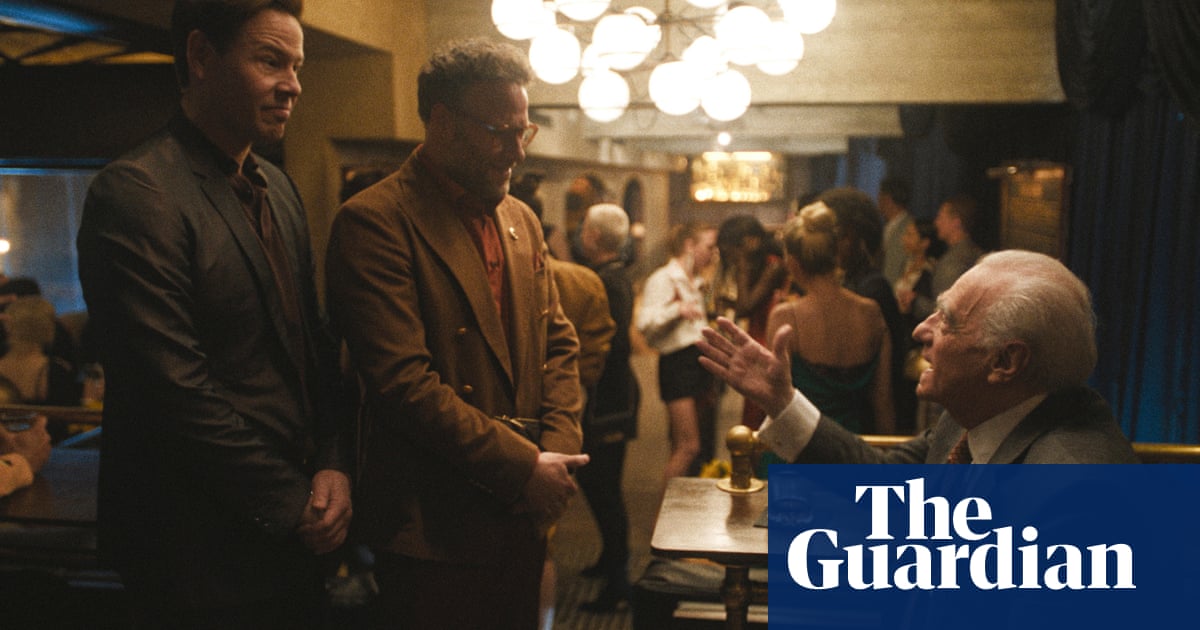It’s never exactly a done deal when Hollywood decides to take itself on. The film industry is such a roiling combination of wealth, jealousy, fear and obliviousness that, when the right person decides to send it up, the results can be spectacular. Look at Sunset Boulevard, Barton Fink – or even Bowfinger – and you’ll see work that knows when to go for the jugular to inflict maximum damage.
On the other hand, Hollywood satires can all too readily fall into the cliches they’re deliberately trying to send up. They’re romanticised. There are too many chummy cameos. They lose their nerve. Look at Charlie Day’s film Fool’s Paradise, or 1997’s An Alan Smithee Film: Burn Hollywood Burn (a movie about the name used when a film is so bad the director wants to remove his name from the credits, which was in turn so bad that the real-life director removed his name from the credits). Or, you know, Entourage.
Apple TV+’s new comedy The Studio is full of the stuff that makes Hollywood satires bad. Every single famous person you can think of has a knowing, winking cameo. Every frame of every episode drips with so much money that you often find yourself drifting away from the plot to wonder how much some of the set-ups must have cost. Also, it’s made by Apple, for crying out loud. A tech company making a satire of a legacy medium that it wants to at best disrupt and at worst consume whole is an objectively queasy thing to do.
Yet, despite all this, there are times during The Studio where you’ll be convinced it is one of the best things you’ll ever watch. Despite its conceptual flaws, it is breathlessly intelligent. When it picks the right targets, its takedown of Hollywood is as whip-smart and surgical as anything you’ve seen. It’s Entourage if Entourage was made by adults, in other words.
The first episode is the best demonstration of this. In long, unbroken scenes we see Seth Rogen’s spineless studio executive flounder as his integrity repeatedly loses battles with his ambition. He wants to make intelligent films with visionary directors, but his boss (played by Bryan Cranston in full-blown 1970s porn star mode) will only promote him if he promises to make an official Kool-Aid film. He accepts, then ties himself in knots trying to figure out how to make an Oscar-winning movie about a talking jug of juice. He bullshits, delegates and begs with increasing terror as he tries to keep everyone happy, and yet the episode ends with a genuine Hollywood legend in tears.
When it gets it right, The Studio is astonishing. Rogen, who created the show with his longtime creative partner Evan Goldberg, feels as if he’s using the show as a punchbag for all the frustrations he has encountered in his career. And that’s an awful lot of frustrations. You may remember the 2014 Sony hack, where North Korea leaked an entire trove of Sony Entertainment’s emails, screenplays, salary details and future plans as revenge for Rogen’s film about the assassination of Kim Jong-un. Sony head Amy Pascal stepped down as a result, and I’ll eat my hat if Catherine O’Hara’s character in The Studio isn’t wholly based on her.
Another thing that The Studio has working in its favour is the timing of it. Hollywood really does face an existential threat at the moment. Theatrical viewing still hasn’t recovered since Covid, films that would have been stone-cold blockbusters a decade ago are flopping for no reason, and film as a medium is losing eyeballs to everything from YouTube to TikTok. Although it doesn’t linger on this as much as its trailer suggests, a thick seam of The Studio is given over to depicting an industry in freefall. There’s a real panic in the air, and one of the show’s greatest strengths is how keenly it captures that panic.
Which isn’t to say that it’s perfect. When the momentum of the pilot starts to slow, it can become creaky in places. One episode, a grinding noir pastiche about the death of film stock, of all things, felt genuinely interminable. But nevertheless, The Studio gets much more right than it gets wrong. If Hollywood really is dying, there’s a very good chance that future generations will use this as an artefact to learn exactly what killed it.
